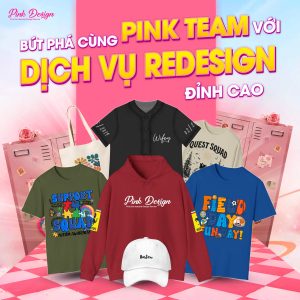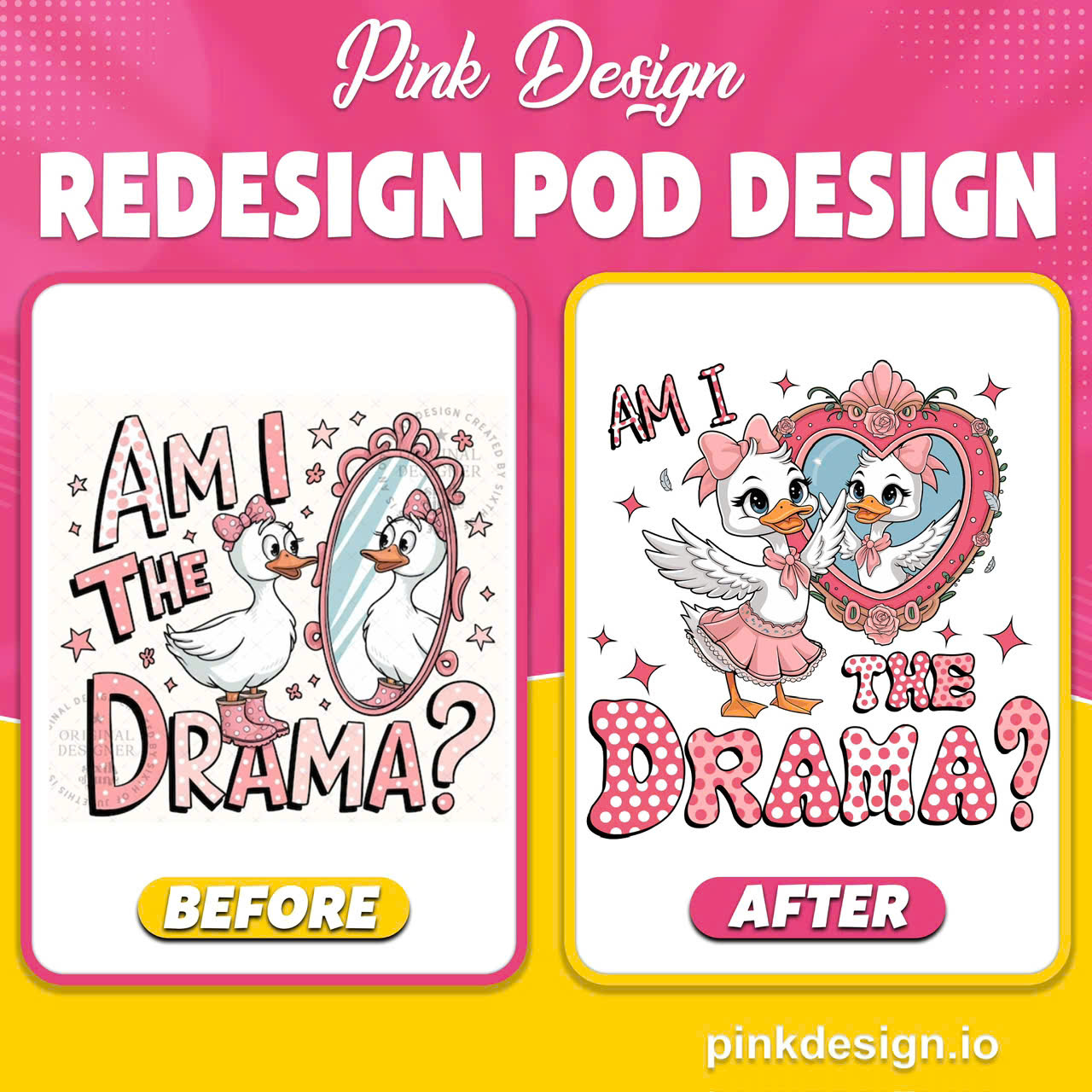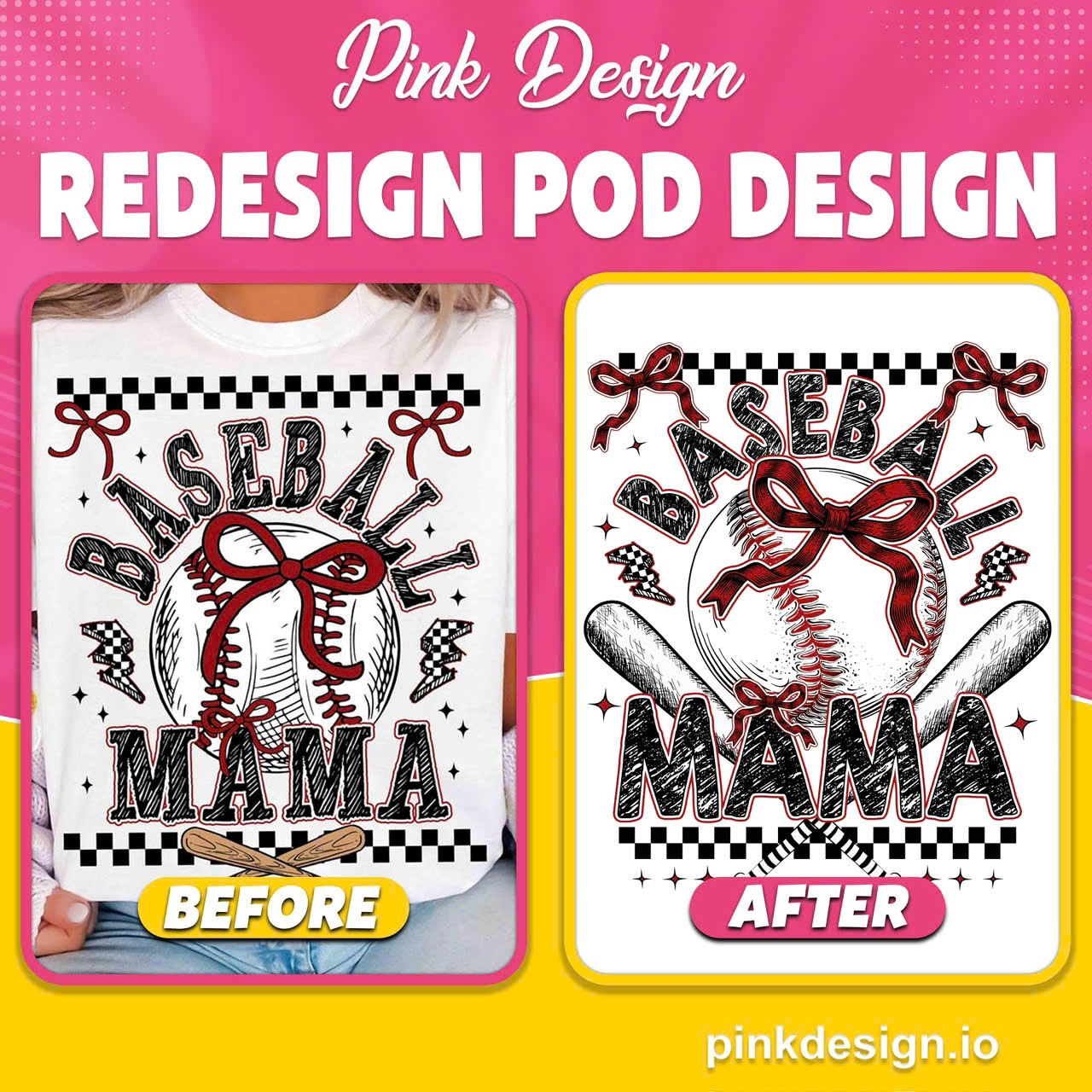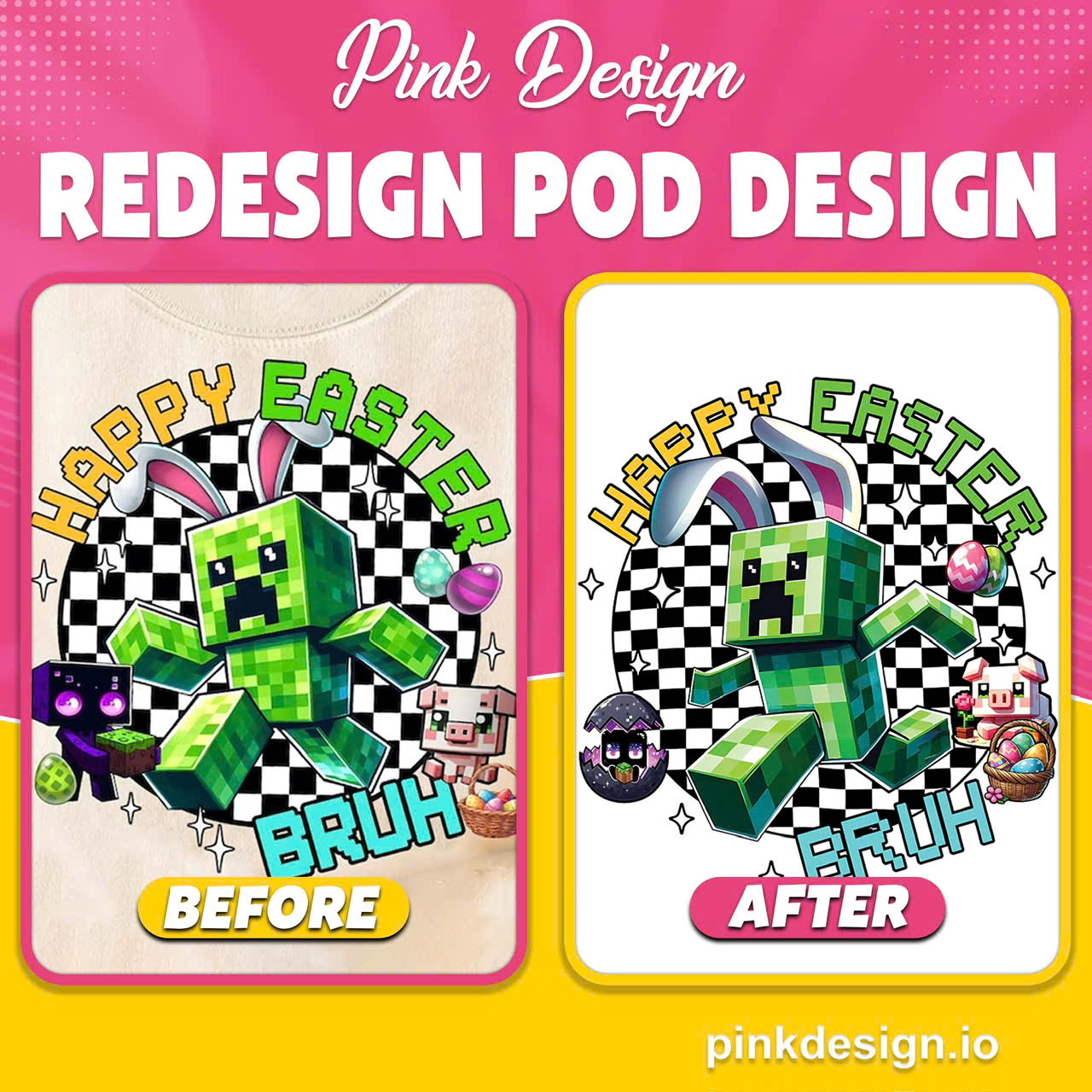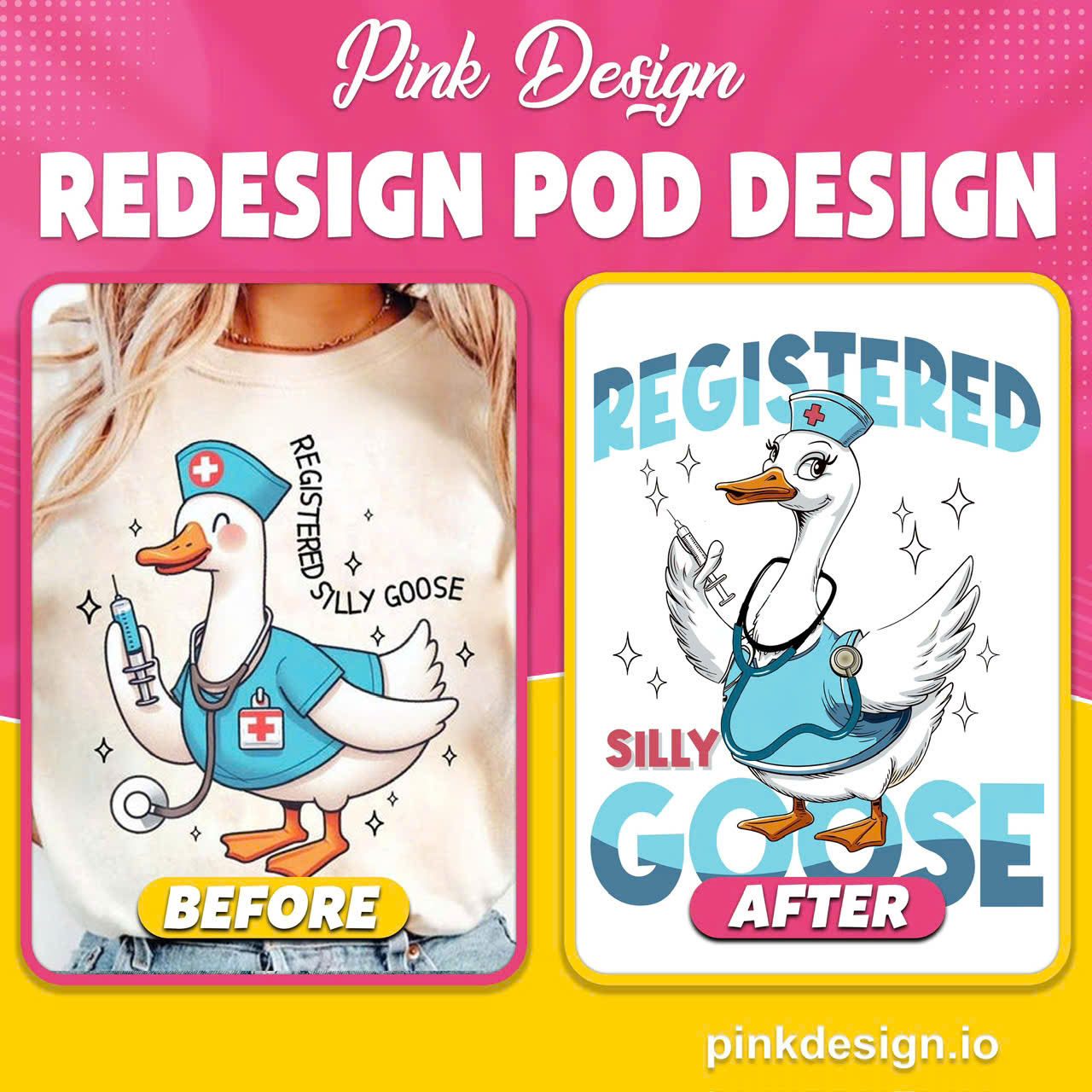If you’ve been browsing YouTube or TikTok lately, chances are you’ve seen people talking about Print-on-Demand (POD) – sharing order screenshots, sales milestones, or offering “how to start” courses.
But what exactly is POD? And how can someone from anywhere in the world, especially a creative in Vietnam or Southeast Asia, build a sustainable income by selling custom products to buyers in the US, UK, or Europe?
This guide breaks it down step-by-step — from how it works to how you can start right now.
- What Is POD?
- POD vs. Dropshipping — Two Different Mindsets
- Why POD Is a Smart Move for Global Sellers
- Where to Sell Your POD Products
- A Clear Path to Starting POD
- The Key Is Building a Brand — Not Just Selling Shirts
- Less Saturated POD Ideas You Should Explore
- 5 Guidelines That Actually Matter
- Closing Thoughts
What Is POD?
POD stands for Print-on-Demand, a business model where you sell products (shirts, mugs, tote bags, wall art, and more) printed only after a customer places an order.
You create a design, upload it to an online store or platform, and when someone buys, a print partner handles everything: printing, packing, and shipping.
You don’t need a warehouse. You don’t need to order inventory. You don’t need to ship anything yourself.
All you focus on is creating products people actually want — then marketing them to the right audience.
POD vs. Dropshipping — Two Different Mindsets
POD is often mistaken for dropshipping, but they’re very different when it comes to creativity and strategy.
| Comparison | Print-on-Demand | Dropshipping |
| Products | Original designs made by you | Reselling ready-made products |
| Creative control | Full | Minimal |
| Branding potential | High | Low |
| Competition | Depends on niche and concept | Very crowded |
| Long-term viability | Suitable for brand building | Often short-term |
If you enjoy creating something original, POD gives you more room to grow a real business.
Why POD Is a Smart Move for Global Sellers
1. Sell to International Markets — Without Leaving Home
You can live anywhere and still sell to customers in New York, Berlin, or Sydney. All fulfillment is handled by your print provider. You just focus on design and communication.
2. Start Without Big Capital
No bulk orders. No manufacturing costs. No storage fees.
You pay for production only when someone orders.
That means less risk, less stress, and more freedom to test what works.
3. You Can Make Real Profit
Selling price for a typical POD T-shirt: $20–$30
Cost to produce: $7–$12
Your margin: usually $5–$15 per item
A single popular design can bring in hundreds of sales. If you keep improving, those numbers grow month after month.
Where to Sell Your POD Products
There are many platforms to help you start — each with different strengths:
| Platform | Strengths | Notes |
| Printify | Offers multiple print partners | Connects with Etsy or Shopify |
| Printful | Strong quality control | Slightly higher base prices |
| Gelato | Broad global production network | Less beginner-focused |
| Redbubble | Has built-in traffic | Highly competitive |
| TeePublic | Free to join, simple listing process | Less control over branding |
| Shopify + POD | Full control over store and branding | Requires learning how to run a store |
For beginners:
Use Redbubble or TeePublic to gain experience.
When you’re ready, shift to Shopify or Etsy for more control and growth.
A Clear Path to Starting POD
Step 1: Choose a Specific Niche
Avoid making designs for “everyone.” Pick one group of people and speak directly to them.
Examples:
- Cat moms in California
- Teachers with a sense of humor
- Plant lovers who work from home
- LGBTQ+ introverts
- Fitness junkies who also love anime
The more focused your target group, the easier it is to create designs that connect.
Step 2: Design With Insight
You can design your products using:
- Free tools like Canva or Photopea
- Advanced tools like Figma or Illustrator
- AI tools like Midjourney to help with visuals
- Freelancers or agencies to create faster
Good designs speak directly to how someone feels or sees themselves.
Example:
Target: Burned-out coders
Design: “Eat. Code. Fix. Cry. Repeat.”
Step 3: Choose the Right Platform
Pick a platform that matches your level of experience and business goals.
- Shopify: total control, best for long-term growth
- Etsy: strong demand for custom and creative products
- TeePublic / Redbubble: best for beginners or side-income testing
Start small. Learn fast. Then expand when you’re ready.
Step 4: Bring In Traffic
No one will buy your product if they don’t see it. Here’s how to get your listings noticed:
- Facebook Ads: direct targeting based on interests and behaviors
- TikTok Ads: short, creative content showcasing your designs
- Pinterest: great for evergreen designs with visual appeal
- Email Lists: promote new collections to past buyers
- Micro-influencers: partner with small creators in your niche
You don’t need every traffic channel — just one that works well for your niche.
The Key Is Building a Brand — Not Just Selling Shirts
Most POD beginners stop at “make design → upload → wait for sales.”
That’s not enough.
To succeed over time:
- Give your store a unique identity
- Build an Instagram or Pinterest profile
- Collect customer emails
- Release themed collections around seasons or ideas
- Share the stories behind your designs
People connect with meaning — not just products.
Less Saturated POD Ideas You Should Explore
1. Go Multilingual
- Translate your designs into German, Spanish, French
- Reach new audiences with culturally relevant messages
- Few creators do this — but those who do often stand out quickly
2. Sell Higher-Value Products
- Matching hoodie + jogger sets
- All-over print hoodies
- Framed artwork or poster bundles
- Limited-edition gift packs
Buyers in the US, UK, or EU are often willing to pay for unique, well-presented items.
3. Use AI to Work Smarter
- Speed up idea generation
- Create design variants in minutes
- A/B test visuals without spending hours
AI is a tool — not a replacement for creativity. Use it wisely to save time and test faster.
5 Guidelines That Actually Matter
- Make your designs count — don’t copy what’s trending
- Stick to one niche at first — build trust with one group
- Test quickly, adjust based on data
- Create your own audience — don’t rely only on platforms
- Treat this like a business from day one
Closing Thoughts
POD isn’t effortless. But it’s one of the few models where creative people can reach global buyers without needing a factory, warehouse, or massive budget.
If you’ve got ideas and you’re willing to learn, you don’t need anyone’s permission. Just start — and keep improving.
Ready to Make Your First Sale?
✅ Need pro-level designs? Explore PinkDesign’s POD Design Services
🎓 Want to learn how to build a real brand? Join our POD Masterclass for Global Creators
📩 Questions about where to start? DM us — we’re here to help.
Let your ideas travel.
The world is ready — are you?




